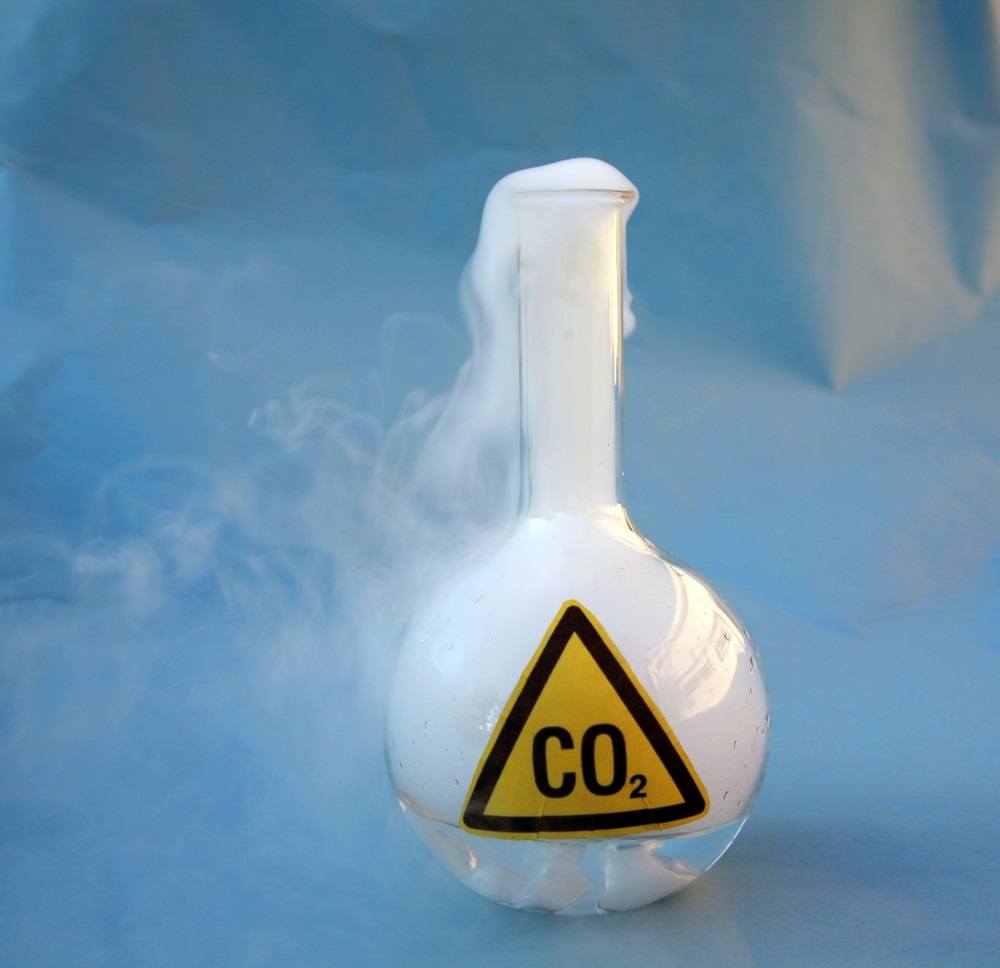Understanding the Risks of CO2 Gas
Carbon dioxide (CO2) is a colorless, odorless gas that is naturally present in the Earth's atmosphere. While it is essential for plant life and part of the natural carbon cycle, high concentrations of CO2 can pose significant risks to human health and safety. Here's an overview of the risks associated with CO2 gas:
Asphyxiation:
- One of the primary risks of Carbon dioxide gas is asphyxiation. When CO2 levels in the air rise above safe limits (typically above 5,000 parts per million or ppm), it can displace oxygen, leading to oxygen deficiency in the bloodstream.
- Symptoms of asphyxiation due to CO2 exposure include dizziness, confusion, rapid breathing, and in severe cases, loss of consciousness and death.
Health Effects:
- Prolonged exposure to elevated levels of CO2 can lead to health issues, especially for individuals with pre-existing respiratory conditions such as asthma or chronic obstructive pulmonary disease (COPD).
- CO2 can exacerbate respiratory symptoms, cause headaches, drowsiness, and in extreme cases, respiratory failure.
Fire and Explosion Hazard:
- While CO2 itself is not flammable, it can contribute to fire and explosion hazards indirectly. High concentrations of CO2 can displace oxygen, creating an oxygen-deficient environment that may increase the risk of combustion for flammable materials.
Environmental Impact:
- In addition to human health risks, elevated levels of CO2 contribute to environmental concerns such as climate change and ocean acidification.
- CO2 is a greenhouse gas that traps heat in the Earth's atmosphere, leading to global warming and climate-related impacts.
Prevention and Safety Measures:
- To mitigate the risks associated with CO2 gas, it's crucial to monitor and control indoor air quality, especially in enclosed spaces where CO2 levels can accumulate.
- Adequate ventilation, proper storage and handling of CO2 cylinders, and regular safety inspections are essential for preventing accidents and ensuring workplace safety.





Comments